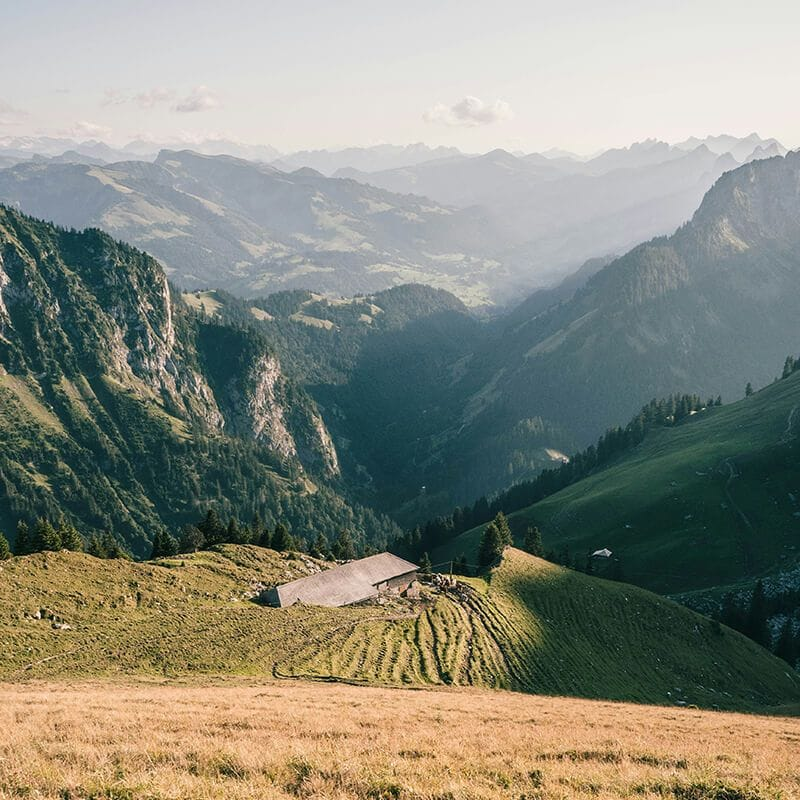Congratulations to our Winter Giveaway winners !! Thanks to all who participated!
Page Not Found!

Tips For Year-Round Growing in Your Garden Tower® Vertical Gardening Planter
Loving your Vertical Vegetable Garden but not sure what you can/can’t grow during the off-season? There are 2 primary options that most people choose when they want to continue growing during the colder months—growing cold weather vegetables outdoors, or growing any sort of vegetables indoors. Here at Garden Tower Project™, we’ve created this guide for you to decide which is the best option for your growing wants and needs.
Growing Inside: Overview
Bringing Your Garden Tower Inside and What You Can Plant

The first option that many people choose is bringing your Garden Tower® Vertical Garden Planter indoors for off season growing, especially if you live where it gets colder. This way, you’ll be able to continue to grow just about anything you want no matter how low the temperature falls. However, there are considerations when moving your Tower inside, such as providing enough light and watering.
Considerations When Bringing Your Vertical Vegetable Garden Inside

A great part of having your Tower inside is that you can control its environment to get the best yields possible, meaning that there is a ton of freedom that comes with bringing it inside. Our Garden Tower 2™ Vertical Garden only takes 4 square feet, making it a compact resource that can fit in the corner of your house or apartment. One important consideration is the amount of light needed to grow vegetables. Because your Tower isn’t getting direct summer sunlight anymore, you will need supplemental lighting or grow lights. When looking at grow lights consider the electricity and how much it will cost to run them approximately 12 hours a day. If you’re worried about energy costs, we offer LED lights specifically made for indoor growing that are very energy efficient only costing around 12 cents a day per light. Along with energy and space considerations, you should also think about floor protection. Putting a tarp under your vertical garden planter will help protect your floors from any water spills or over watering. Thinking ahead and being prepared will make your transition to indoor growing easier and less time consuming.
What You Can Plant Indoors and How to Care for Them

The best part of having your Garden Tower™ Vertical Garden indoors is that you can plant just about anything you want, since you don’t have to worry about outdoor temperatures and can control how much light your vertical vegetable garden gets. With the addition of lights mentioned above, you can grow just about anything you want during every season of the year. Keep in mind fruiting plants, like tomatoes and peppers, require pollination. Since you will be growing indoors, there are no natural pollinators so you will need to hand pollinate these types of vegetables. Instead of growing pollination dependent produce indoors, many people choose greens and herbs instead. Leafy vegetables and herbs also produce sooner and produce multiple times over a season making them very cost effective to grow!
Growing Outside: Overview
Cold Weather Maintenance, What Can Be Grown, and Things to Keep in Mind

Some people simply don’t have the room or ability to move their Garden Tower® Vertical Garden planter indoors. The other popular option is leaving your vertical vegetable garden planter outside during the winter and growing cold weather vegetables. There are considerations to think about before planting your produce, including your hardiness zone and how you’ll keep up with the winter maintenance of a vertical vegetable garden. If you’d prefer to leave your tower outdoors and not grow anything, however, this is also a popular option. No matter what you want to do with your vertical garden planter outdoors during the gardening off season, there’s an option for everyone.
What Can be Planted Outside

It’s important to understand which types of produce can be planted during the winter months—by checking your USDA Hardiness Zone, you’ll be able to determine which vegetables are best for your outdoor garden. Understanding soil temperature fluctuations are also key to expanding your growing to all year and get the most out of your Garden Tower®. Some great options that many people plant outside during the colder months are radishes, beets, carrots, and hardy greens such as collards and kale. These are very hearty vegetables that can typically survive fairly cold temperatures. Of course, it differs from area to area, but these hearty vegetables are a great start to looking in fall and winter seasons.
Cold Weather Maintenance and Things to Keep in Mind

There are considerations when keeping your vertical vegetable garden outside, including keeping your compost worms alive and not letting your vegetables be killed by frost. A great rule of thumb is that if temperatures are going to go below freezing for multiple days, it isn’t safe for your worms to stay outside. Worms will die when temperatures are freezing, as will some vegetables. If you’re worried that your worms may die, it’s important to bring them indoors for the colder months. By keeping frost in mind, you can save the lives of both your worms and veggies.
There’s no right or wrong way to continue growing during the off-season, as it’s all up to the user’s preferences and constraints. No matter which growing method you use, your Vertical Vegetable Garden can withstand just about any conditions. Find out more about how Garden Tower Project can provide you with quality, organic vegetables all year round.Related Articles
Connect with us @GardenTowerProject
















Want to know more?







